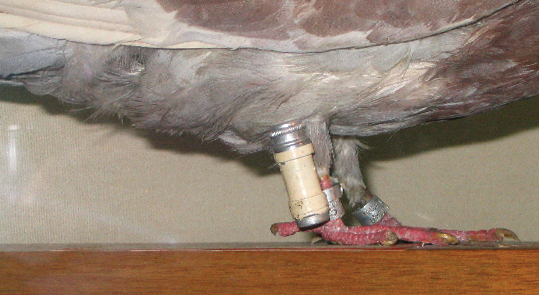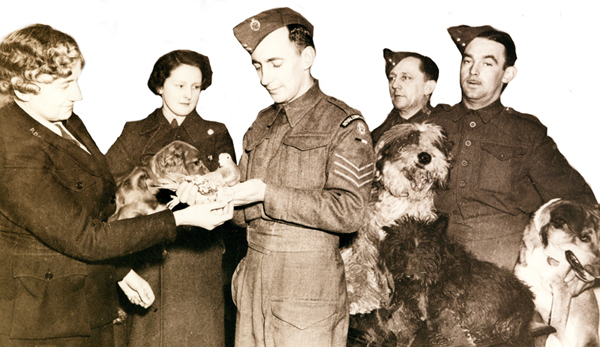Beachcomber Delivers the News - Handout
This publication is available upon request in alternate formats. PDF Version
During the Second World War, soldiers often had to send messages about where they were going, to request supplies and sometimes to ask for help.
However, there were no cell phones, text messages or emails back then! Sending a message by regular mail would have been way too slow, and most radios were so big at that time that you had to wear them on your back! Therefore, the Canadian Army sometimes used pigeons to carry messages. Notes were written on tiny pieces of paper and then put in small containers on pigeons’ legs. The container wasn’t heavy, but it must have felt funny on their leg. Can you imagine running with something attached to your ankle?
On August 19, 1942, Canadian soldiers landed on the beaches of Dieppe, France, to help in the fight. To let their leaders in England know that they had arrived at the beach, they sent a note using a messenger pigeon named Beachcomber. He had to dodge gunfire and fly over the English Channel to deliver the news. It was not easy, but he made it! For his courage, Beachcomber received the Dickin Medal, the highest award for bravery that an animal can receive.
Let’s take time to remember the almost 5,000 Canadian soldiers that fought that day to help the people of France, and the more than 900 Canadians who sadly died. Lest we forget.
- Date modified:

